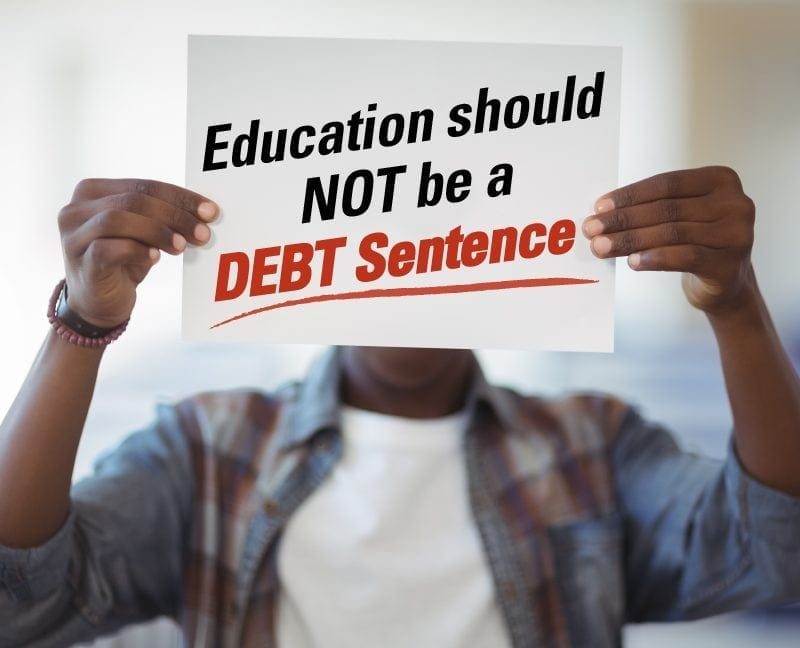Last week, Sen. Brian Schatz of Hawaii introduced the Debt-Free College Act of 2018, which would establish a voluntary state-federal partnership and make public college debt-free. This bill is the latest in a growing trend of local, state, and federal policies that, in response to the student-debt crisis and public demand to make college more affordable, aim to reduce the cost of college.
Currently, there are over 200 such “free college” programs in 41 states. In 2016-2017 alone, 50 new programs were created at the state and local levels, and 42 unique legislative proposals and executive orders (in 28 states) related to statewide free college programs were introduced. At the federal level, President Obama put forth the America’s College Promise proposal in 2015 to provide tuition-free community college. And Sen. Bernie Sanders introduced the College for All Act in both 2015 and 2017 to make public college tuition free.
While these programs share an overarching goal, the seemingly simple concept of “free college” becomes devilish in the details. Exactly how these policies work, and importantly, who they benefit varies greatly.
Some programs, for example, are limited to recent high school graduates, community college students, or students studying high-demand fields. Others, known as “last dollar” programs, cover only the remaining cost of tuition after funds from other sources (e.g., Pell Grants, state grants) have been applied, without covering other costs, like housing, books, and food.
Unfortunately, many “free college” programs miss an opportunity to make college more affordable, particularly for low-income students and students of color who are more likely to borrow and more likely to default on student loans than their affluent and White peers. For example, the cost of community college tuition is not a primary affordability challenge for low-income students, so programs that are restricted to tuition at the two-year level will have a limited benefit for these students. These students frequently qualify for the maximum Pell Grant and other need-based state financial aid, which usually are sufficient to cover community college tuition. However, they often still struggle to cover the full cost of attendance, which includes living expenses (whether they attend two-year or four-year institutions).
In order to truly address affordability for the students who struggle the most to pay, policymakers can look to Ed Trust’s framework for “equity-driven free college” policy. The full framework will be featured in an upcoming report that rates free college programs, but until then, here are some of our recommendations:
- Include four-year public institutions and help cover the non-tuition expenses that present major barriers to degree completion and loan repayment for low-income students. Sen. Schatz’s proposal gets this right by first directing funds to cover the full cost of attendance for low-income students. Another model is Maryland’s Guaranteed Access Grant, which covers any remaining cost of attendance for students qualifying based on financial need, up to a maximum of $18,400. Both of these programs provide aid that can be used at four-year institutions as well as community colleges.
- Ensure programs are easy to access, have realistic credit accumulation or GPA requirements, and avoid punitive measures that cause grants to convert to loans when students lose eligibility or move out of state. Provisions that limit eligibility based on GPA or credit accumulation may save states money on the front end, but ultimately they limit access, have a disproportionate impact on the students least served by higher education, and fail to address our nation’s college affordability problem. Again, Sen. Schatz and his co-sponsors get it right by prohibiting states from adding such requirements under the Debt-Free College Act’s state-federal partnership.
There’s a lot to gain from the free college movement. It sends a powerful message to students and families that college is affordable, increasing postsecondary aspirations and FAFSA completion rates. Free college programs also represent new investments in public higher education at a time when state disinvestment has driven up tuition and federal financial aid has failed to keep pace with the cost of college. And most important, free college programs can remove affordability as a barrier to college enrollment and degree attainment.
But program design is critical. Only when done right can these programs ensure that the big investment in free college ultimately meets students’ real needs and the public demand for a more affordable higher education system.




